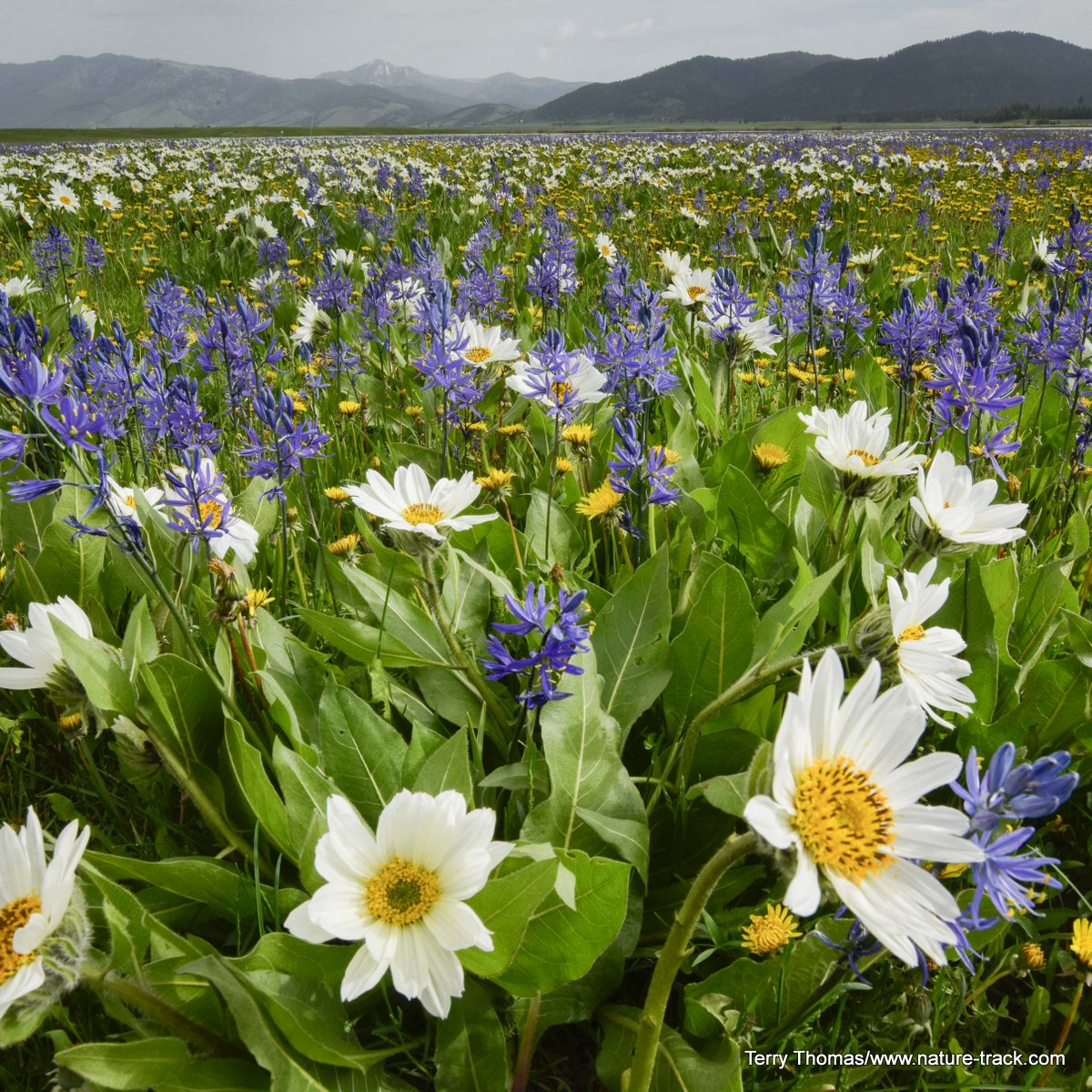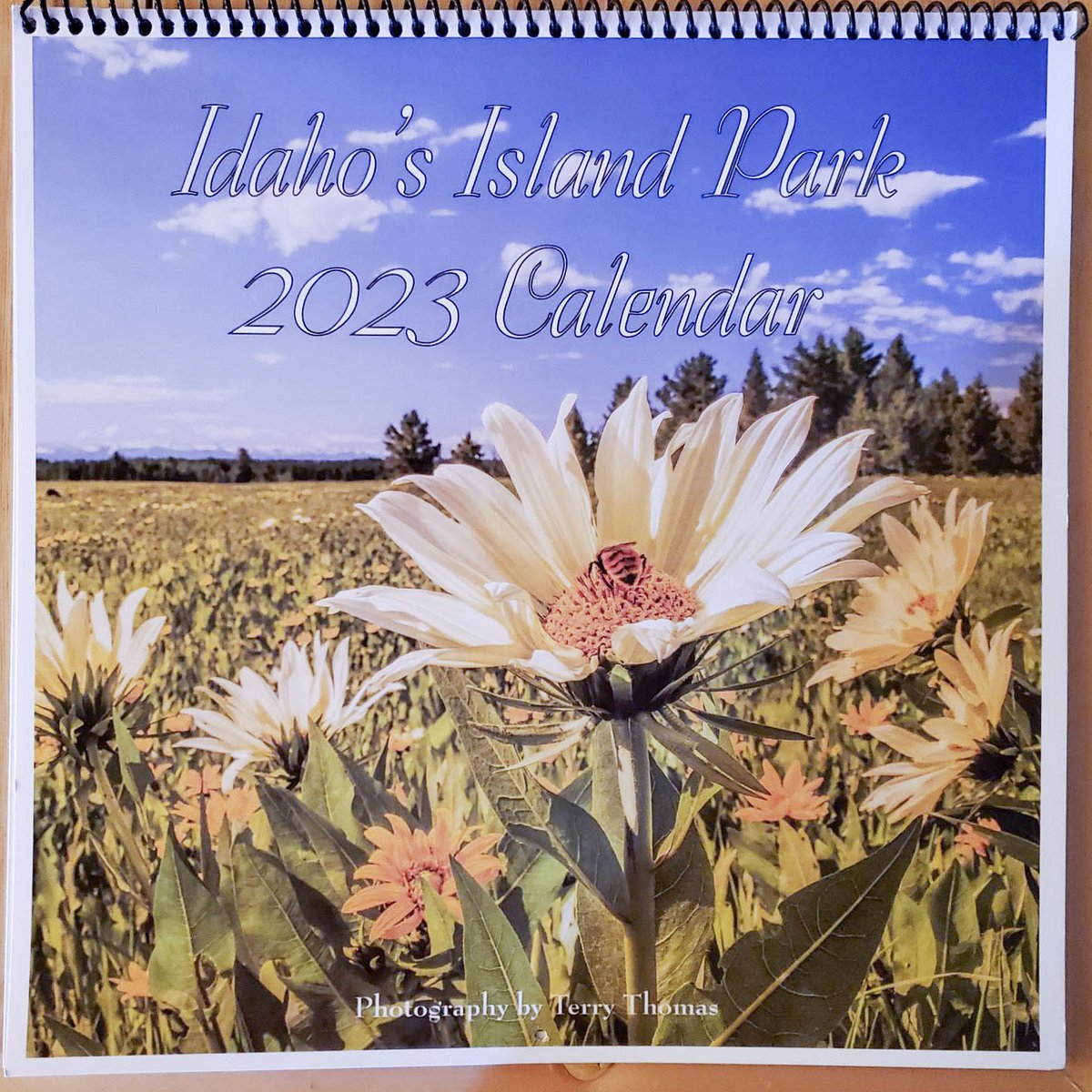Chlorophyll

Wildflowers are beautiful, but it is the green parts of a plant that do the work of carrying the world on their shoulders.
Earth is, by all measures, a giant solar panel. The sun provides us warmth and light of course, but its light also fires the engine that manufactures the basis of life on Earth for everything: food for plants and oxygen for everything else.
It took scientists about 100 years to unravel the basic secrets of the sunlight-plants-oxygen triangle. By 1779 Jan Ingenhouz, a Dutch-born physiologist, discovered the connection between light and oxygen production, noting that in the presence of light, the green parts of plants gave off bubbles and when plants were moved to shade production of bubbles eventually stopped. He determined that the bubbles were oxygen.
In 1780, British chemist Joseph Priestley, found that plants could, “restore air which has been injured by the burning of candles.” He cleverly used a mint plant, a candle and a mouse under a glass jar, proving that while the plant was there, a candle continued burning and the mouse was not, “inconvenienced.”
Now the stage was set, and in 1817, chlorophyll was first isolated and named by French chemists Joseph Bienaimé Caventou and Pierre-Joseph Pelletier. About 25 years later, German surgeon, Julius Robert Mayer, recognized that plants converted light energy to chemical energy. He said: "Nature has put itself the problem of how to catch in flight light streaming to the Earth, and to store the most elusive of all powers in rigid form. The plants take in one form of power, light; and produce another power, chemical difference." Connecting the dots between light, chlorophyll and photosynthesis didn’t take long.
In short, chlorophyll (also occasionally spelled as, chlorophyl) is a photoreceptor that traps light. It resides inside the chloroplasts, which are inside the cells of leaves of all green plants. Trapping of the light initiates the chemical reaction we call photosynthesis, whose chemical equation is: 6 CO2 + 6H2O C6H12O6 + 6 O2 , which allows plants to convert nutrients and water into glucose which is then used to produce growth for the plant, scrub the atmosphere of carbon dioxide and provide free oxygen.
So, why are plants green? Is chlorophyll green? White light is made up of seven primary colors of visible light, all with their own wavelengths. Chlorophyll absorbs light in the blue and red spectrums, but in the spectrum between 500-600 nm, it absorbs almost no light at all. The color green falls between 500-600 nm and, not being absorbed by the chlorophyll, this light bounces around reflecting off the cell surfaces. It is this reflected light, just a part of the full spectrum of visible light, that we see as the color green.
Chemically, a chlorophyll molecule has a donut-shaped porphyrin ring around a central metal atom. I find it interesting that this is much like the structure of Vitamin B12 and also hemoglobin, except that chlorophyll uses a magnesium atom while hemoglobin uses iron and B12 uses cobalt.
Chlorophyll also has a side group of atoms and depending on which side group it has, is either chlorophyll a or chlorophyll b. The difference between the two is what frequency of light it absorbs best. Most plants have both chlorophylls and they complement each other in their light absorption. Chlorophyll a is better at capturing light in full sunlight, chlorophyll b works a little better in the shade. Shade tolerant plants have more chlorophyll b, but combined they absorb plenty of light for their needs.
Chlorophyll is thought to be responsible for several beneficial health properties such as antioxidant, anti-mutagenic, and detoxification activities and has become a big business. Little research exists to prove or disprove this claim, but one thing is sure: without chlorophyll, there would be no photosynthesis, and without photosynthesis, there would be no oxygen and no life on earth.
Help Idaho Wildlife
When we traveled across the state in October 2017, most of the vehicles we saw using the wildlife management areas did not have wildlife plates. Buying wildlife plates is a great way for non-hunters and hunters alike to support wildlife-based recreation like birding.
C'mon folks, let's help Idaho's wildlife by proudly buying and displaying a wildlife license plate on each of our vehicles!
See below for information on Idaho plates. Most states have wildlife plates so if you live outside Idaho, check with your state's wildlife department or vehicle licensing division for availability of state wildlife plates where you live.
And tell them that you heard about it from Nature-track.com!

Wildlife License Plates
Great news! as of 2024, there are three NEW designs for license plates. They still are bluebird, cutthroat trout and elk, but they are beautiful.
Idaho Wildlife license plates provide essential funding that benefits the great diversity of native plants and wildlife that are not hunted, fished or trapped—over 10,000 species or 98% of Idaho’s species diversity. Game species that share the same habitats (such as elk, deer, antelope, sage-grouse, salmon, trout) also benefit from these specialty plates.
No state tax dollars are provided for wildlife diversity, conservation education and recreation programs. Neither are any revenues from the sale of hunting or fishing licenses spent on nongame species. Instead, these species depend on direct donations, federal grants, fundraising initiatives—and the Idaho Wildlife license plates.
Both my vehicles have Bluebird Plates. I prefer the bluebird because the nongame program gets 70 percent of the money from bluebird plates, but only 60 percent of the money from elk and trout plates - 10 percent of the money from elk plates supports wildlife disease monitoring and testing programs (to benefit the livestock industry) and 10 percent from cutthroat plates supports non-motorized boat access.
Incidentally, in 2014, the Idaho Legislature denied the Department of Fish and Game the ability to add new plates or even to change the name of the elk and cutthroat plates (very specific) to wildlife and fish plates, a move that would have allowed for changing images occasionally and generating more revenue. It would seem that they believe that we Idahoans don't want a well funded wildlife program.
I think it is time we let the Legislature know that Idahoan support wildlife funding and that we would like to see these generic plates come to fruition.
Be sure to order your 2023 Island Park Calendar. Use the contact page. We can accept Venmo.


"WOW. What a phenomenal piece you wrote. You are amazing." Jennifer Jackson
That is embarrassing, but actually a fairly typical response to my nature essays. Since The Best of Nature is created from the very best of 16 years of these nature essays published weekly in the Idaho Falls Post Register (online readership 70,000), it is a fine read. It covers a wide variety of topics including humorous glimpses of nature, philosophy, natural history, and conservation. Readers praise the style, breadth of subject matter and my ability to communicate complex and emotional topics in a relaxed and understandable manner.
Everyone can find something to love in this book. From teenagers to octogenarians, from the coffee shop to the school room, these nature essays are widely read and enjoyed.
Some of the essays here are my personal favorites, others seemed to strike a chord with readers. Most have an important message or lesson that will resonate with you. They are written with a goal to simultaneously entertain and educate about the wonderful workings of nature. Some will make you laugh out loud and others will bring a tear to the eye and warm your heart.
Readers Write:
"You hit a home run with your article on, Big Questions in Nature. It should be required reading for everyone who has lost touch with nature...great job!" Joe Chapman
"We enjoyed your column, Bloom Where Planted. Some of the best writing yet. The Post Register is fortunate to have your weekly columns." Lou Griffin.
To read more and to order a copy, click here or get the Kindle version
Copies are also available at:
Post Register
Island Park Builders Supply (upstairs)
Barnes and Noble in Idaho Falls
Harriman State Park, Island Park
Museum of Idaho
Valley Books, Jackson Wyoming
Avocet Corner Bookstore, Bear River National Wildlife Refuge, Brigham City, Utah
Craters of the Moon National Monument Bookstore, Arco, Idaho